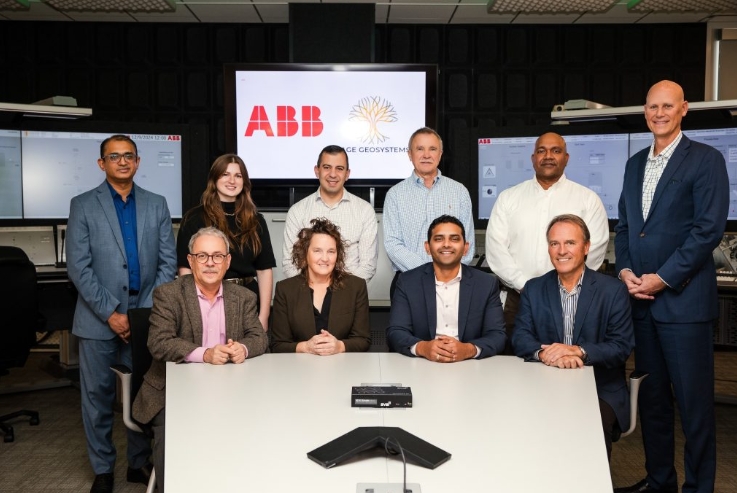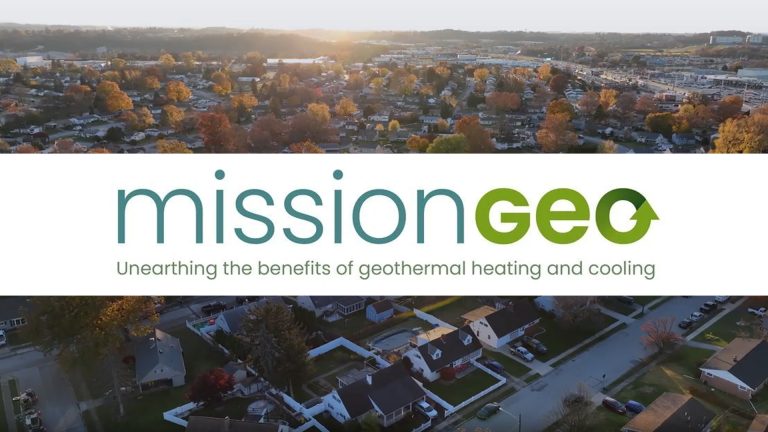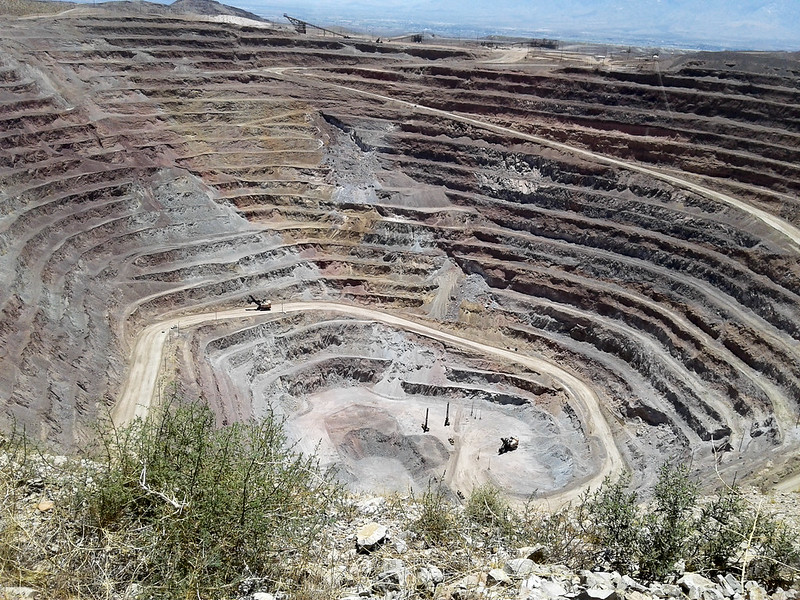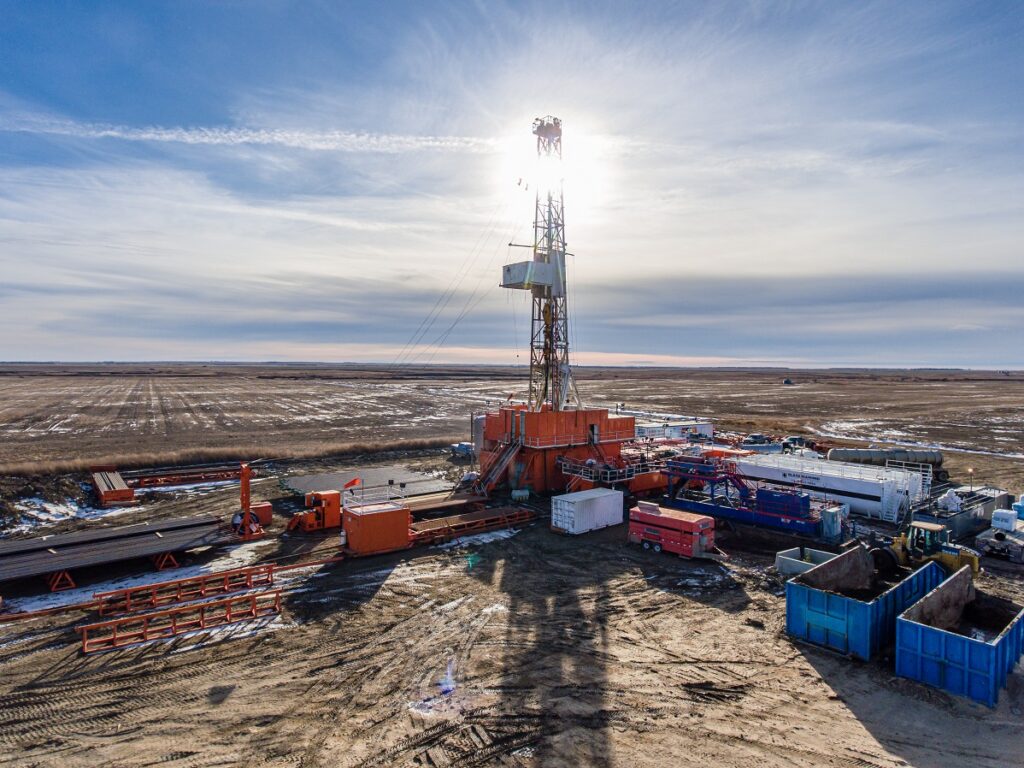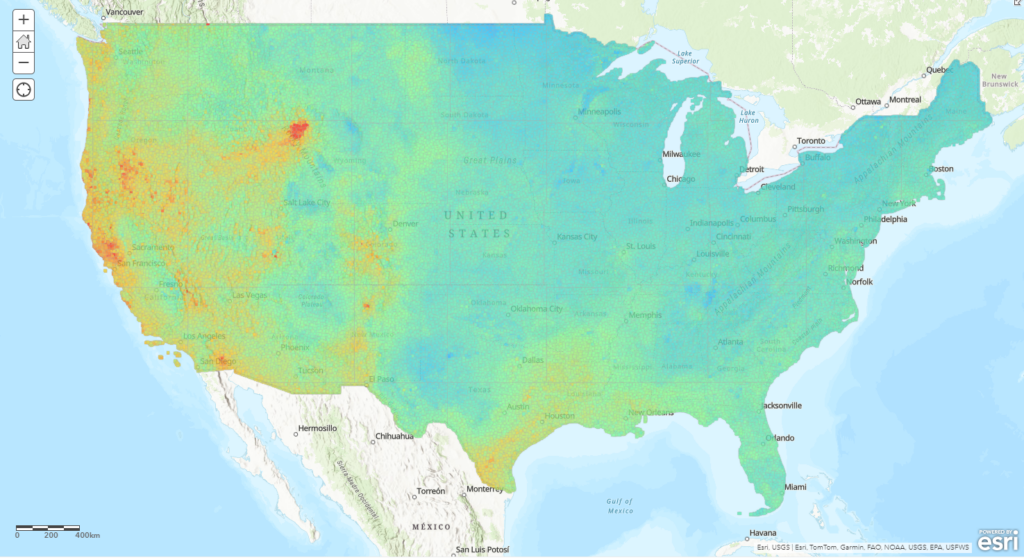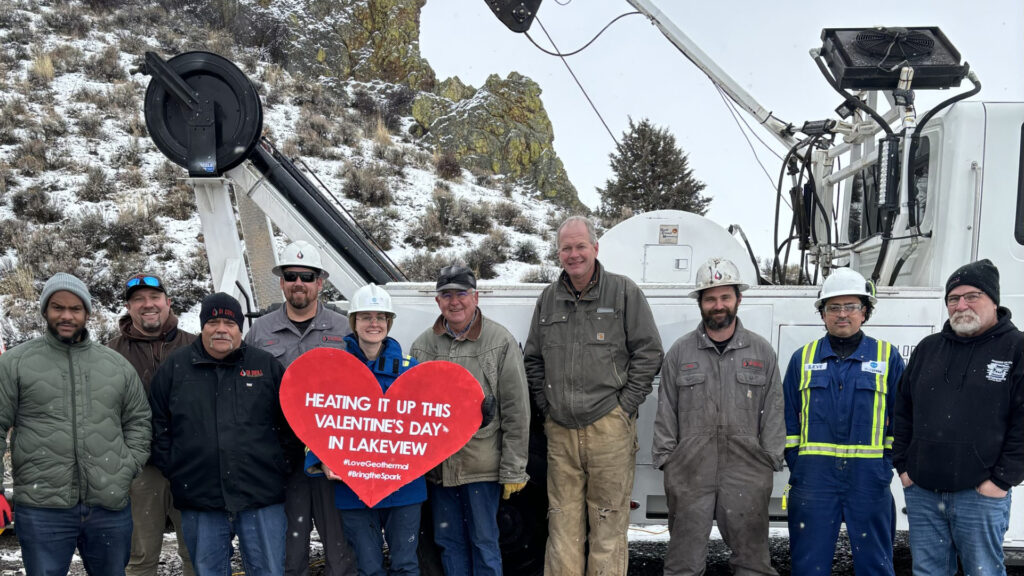
Drilling
In 2020, the injection well 16A(78)-32 was drilled to a true vertical depth of 8,559 feet and a measured depth of 10,897 feet. Two years later, this well was hydraulically fractured in three intervals towards the toe. State-of-the-art seismic monitoring mapped these fracture networks.
The production well 16B(78)-32 was subsequently drilled in 2023. The two wells are parallel with lateral sections at 65 degrees to the vertical and spaced apart vertically by 300 feet. Immediately following the drilling of 16B(78)-32, a brief circulation test revealed some connectivity between the two wells.
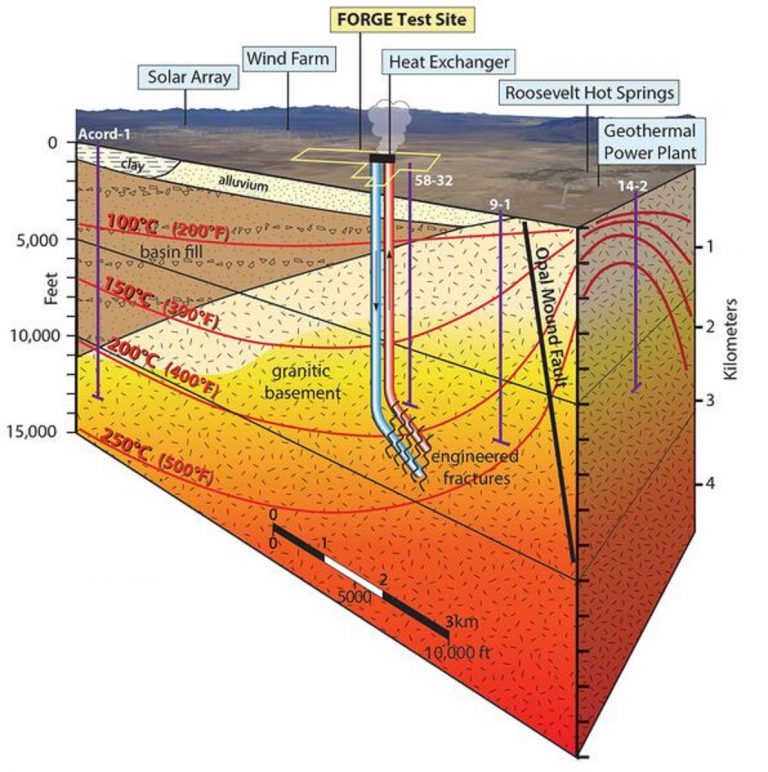
Conceptual model of the Utah FORGE project (source: Utah FORGE)
Stimulation
Commercial-scale stimulation on both wells was then done starting April 2024. Over two weeks, well 16A(78)-32 was hydraulically fractured in eight different stages. The three intervals previously stimulated were re-fractured and seven new intervals were perforated and hydraulically fractured.
Four stages of the well 16B(78)-32 were then injected. Overall, 118,000 barrels (4,956,000 gallons) of water were used for the experiment.
Fiber optic cables in the production well were used to monitor for intervals of fracture intersection or proximity during the stimulation of the injection well. These intervals were then selected for perforation during subsequent stimulation, thus ensuring connectivity.
According to Professor John McLennan, a maximum induced seismicity of magnitude 1.9 was recorded over the course of the stimulation and well testing period. This was well below the threshold of felt seismicity.
Flow testing
A nine-hour circulation test was done following the stimulation. Water was injected into well 16A(78)-32 at rates of up to 15 barrels per minute (630 gpm). This led to a corresponding production flow rate of 8 barrels per minute (344 gpm) at the production well. At a recovery rate of around 70%, the circulation test confirmed the connectivity between the two wells.
Moreover, the temperature of the outflow water increased to approximately 139 °C. Microseismic events, as well as data from fiber optics and spinner logging, indicated that multiple independent flowpaths had been created between the two wells.
All of the data that have been collected so far are publicly available on the Geothermal Data Repository (GDR).
The results and data are currently being analyzed to plan for additional field work, including a 30-day circulation test scheduled for July 2024.
De-risking commercial-scale EGS
The work undertaken by Utah FORGE shares a goal of de-risking the tools and technologies needed to make commercial-scale EGS affordable and accessible anywhere in the world.
“We are excited to have had such great success during our most recent stimulation and circulation testing,” said Professor Joseph Moore, Managing Principal Investigator of the Utah FORGE project. “Each test brings us closer to realizing the full potential of Enhanced Geothermal Systems and the important role it will play in world’s energy portfolio.”
“These stimulations and the short-term circulation test are the culmination of more than two years of planning and in-depth data analysis,” added Professor John McLennan, who oversaw the activities. “Enfranchising the knowledge gained from previous activities, and with advice from a diverse team of specialists from industry and academia, the Utah FORGE team was able to achieve outstanding results.”
“We are thrilled to see these remarkable achievements at FORGE, and the promise this geothermal breakthrough holds for our clean energy future,” said Jeff Marootian, Principal Deputy Assistant Secretary for Energy Efficiency and Renewable Energy. “The ability to tap more of the Earth’s natural heat through enhanced geothermal systems will expand access to affordable, secure, and resilient clean energy for everyone.”
